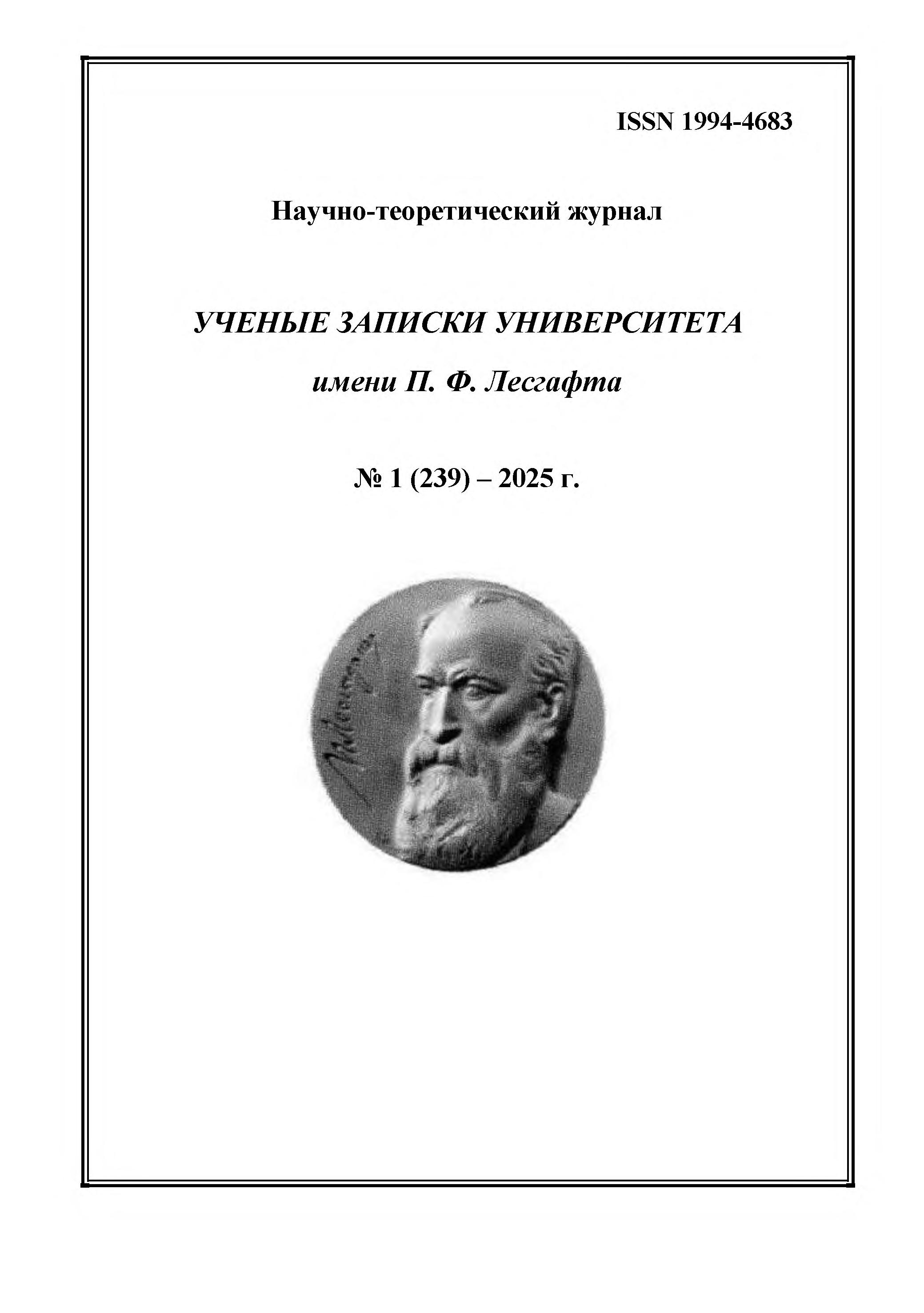employee
Khabarovsk, Khabarovsk, Russian Federation
employee
Russian Federation
employee
Russian Federation
CSCSTI 77.05
The purpose of the study is to identify the features of physical condition and psychomotor abilities in sitting volleyball players. Research methods and organization. The study involved 9 men engaged in sitting volleyball, with an average age of 36.3±8.4 years. To assess their physical condition, the hardware-software complex "Omega.Sport" was used, which allowed for the determination of the following parameters: level of adaptation to physical loads, physical fitness, energy supply, psycho-emotional state, and athletic form. The "NS-Psychotest" system was used to study psychomotor abilities, through which sensory-motor functions such as attention and reaction speed were evaluated, which are crucial for the successful execution of game actions. Research results and conclusions. The obtained data indicated that the level of adaptation to physical loads was 61.1±32.0%, the level of training was 66.9±30.1%, and the level of energy supply was 56.6±25.8%. The psycho-emotional state averaged 57.8±24.9%, which highlights the need to focus on this aspect within the training process. It was also established that psychomotor indicators, such as reaction to a moving object, reaction time, and volumetric attention, are at an average level, with a notable high variability of data among athletes. The results of the study demonstrate that physical condition and psychomotor abilities are crucial for achieving high performance in sitting volleyball players. The high variability of indicators among athletes confirms the necessity of an individualized approach in the training process to enhance the effectiveness of sports training.
sitting volleyball, adaptive sports, athletes with disabilities, physical condition, psychomotor readiness, NS-Psychotest, APC "Omega.Sport"
1. Yaroshenko V. O., Galitsyn S. V., Mavliev F. A. (2024), “Evaluation of psychomotor performance indicators of individuals involved in sitting volleyball”, Science and Sport: Modern Trends, Vol. 12, No. 4 (48), pp. 191–196, DOIhttps://doi.org/10.36028/2308-8826-2024-12-4-191-196.
2. Yaroshenko V. O., Galitsyn S. V. (2024), “Basics of training sitting volleyball players”, Modern problems of physical education and sports, Khabarovsk, pp. 303–307.
3. Mroczek D. (2007), “Changes in psychomotor reactions and the activity of certain physiological indices of volleyball players”, Studies in Physical Culture & Tourism, V. 14, Suppl., pp. 271–277.
4. Ahmadi S. [et al.] (2020), “Sitting volleyball players: differences in physical and psychological characteristics between national and league teams”, Kinesiology, V. 52, No 2, pp. 169–177.
5. Yüksel Mehmet Fatih, Tarık Sevindi (2018), “Physical Fitness Profiles of Sitting Volleyball Players







